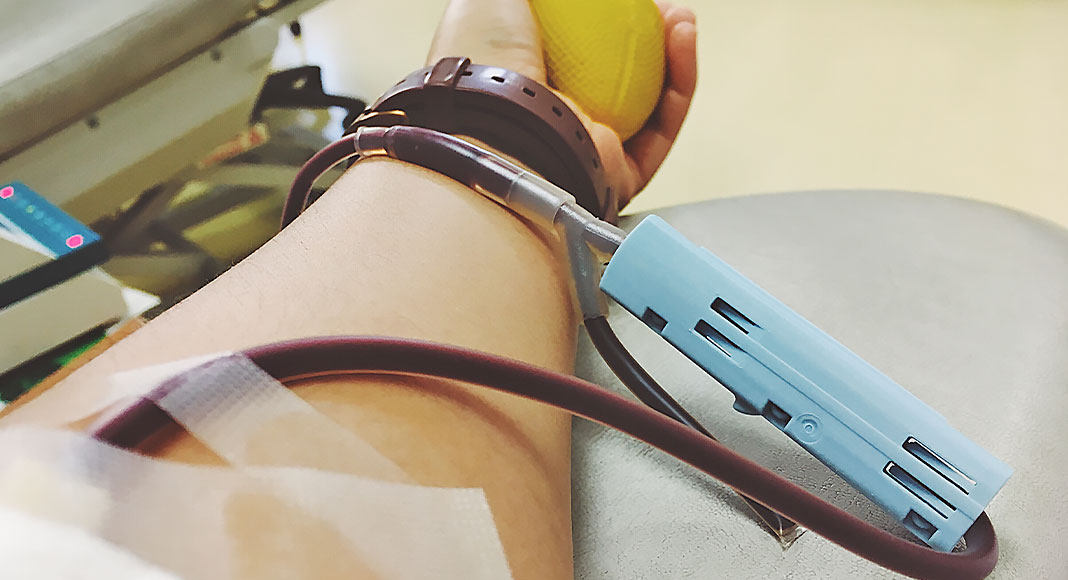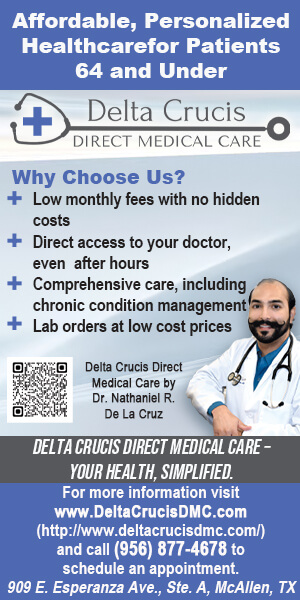
Mega Doctor News
By Laura Williamson, American Heart Association News
American Heart Association – Every few seconds, someone in the U.S. is in need of a blood donation. But there’s not always enough donated blood to meet that need. Aid agencies began the year announcing the country was facing its worst blood shortage in more than a decade.
Donations are needed to replace blood people lose and can’t replace for a wide range of reasons, such as heart surgery and organ transplants, burns, injuries or cancer treatments. But according to the Red Cross, only 3% of people who are eligible to donate do so each year.
“The blood we need for these patients only comes from human beings,” said Dr. Fernando Martinez, medical director of transfusion services and donor operations at MD Anderson Cancer Center in Houston. “We don’t yet have the technology to make artificial blood.”
While recent months have seen the most dramatic shortage in blood donations in more than 10 years, the blood supply has been in trouble almost since the start of the COVID-19 pandemic, said Dr. Robert DeSimone, director of transfusion medicine at New York-Presbyterian Hospital/Weill Cornell Medicine in New York City.
With the spring 2020 lockdowns, blood donations came to a halt, along with everything else that involved going out in public, he said. The need dropped initially, too, when hospitals postponed all but the most medically necessary procedures. But that need has risen dramatically now that people have started rescheduling those procedures.
Blood donations, however, have not. And they continue to ebb and flow with every new COVID-19 variant surge.
“It’s been a bit of a roller coaster for us, managing the blood supply,” DeSimone said.
Yet, giving blood isn’t just good for the recipient, experts say. Making regular blood donations also can benefit donors.
Blood donors are given a series of health screens to determine their eligibility for donating, including questions about their medications; travel to countries with high rates of blood-transmissible diseases, such as malaria; whether they have sexually transmitted diseases; or if they’ve recently gotten a tattoo.
If they pass this screening, they are given a “mini physical” exam that includes taking blood pressure, body temperature and pulse. It also includes a small blood sample to test for infectious disease and to measure hemoglobin levels that tell how much iron is in a person’s blood. People with low levels may be anemic and cannot donate.
“Sometimes we diagnose high blood pressure or an arrhythmia (irregular heartbeat). We also check for infectious diseases,” DeSimone said. “Finding something like that can be life-altering.”
However, Martinez said, people who have risky health behaviors should not use blood donation as an opportunity to see whether their behavior has resulted in a transmissible disease. “In the past, people did that, and they were not being honest with us,” he said. People who engage in risky health behaviors such as intravenous illicit drug use or who test positive for transmissible diseases will be rejected as donors.
While there isn’t a long list of things people need to do to prepare themselves to donate, it’s best if they hydrate sufficiently, eat a good breakfast and don’t smoke or drink alcohol the day and night before making a donation, DeSimone said. People also should plan not to drink alcohol immediately afterward to ensure they remain properly hydrated.
The biggest benefit to the donor, Martinez said, is knowing they’ve helped someone in need and possibly saved a life.
“It can really elevate the spirit,” he said. “If a person is in the hospital and needs blood, that person relies on a donor who decided to donate one hour of his or her time to help somebody that he or she does not know.”
DeSimone said he’d like to see more younger adults giving blood. “They are the healthiest donor population out there,” he said, but less likely to donate than older adults.
Two basic types of blood donation are needed, Martinez said. Whole blood is the most common. In addition to having good health, donors must weigh at least 110 pounds and be 17 years old in most states. They can donate every 56 days or up to six times per year.
Donating platelets can be done 24 times a year, but it takes longer – about three hours instead of one hour. Platelets, the tiny cell fragments that form clots and help stop bleeding, are constantly needed to help people undergoing cancer treatments, having major surgery or with serious injuries, and to help people with blood disorders. To extract platelets, blood is drawn from one arm, the platelets are removed using a machine and the remaining blood components are returned to the donor’s other arm.
Type O negative is the most common type of blood used for transfusions when the blood type is unknown, because it can be given to anybody. But only 7% of the population has this type so it is always in high demand.
However, all blood types are needed to restock the nation’s blood supply, Martinez said. “Whoever wants to give blood, we will take them.”











